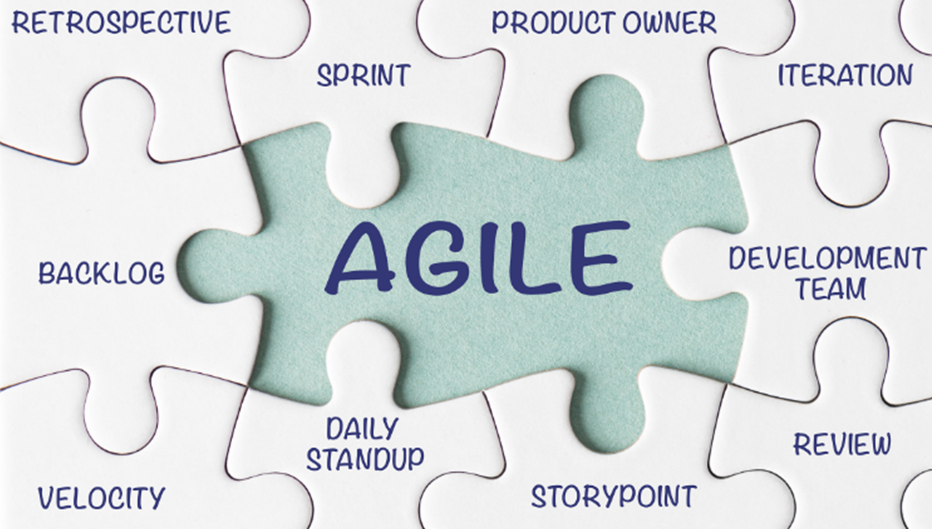- Agile Estimation and Planning: Driving Success in Software Projects
Introduction
In today's fast-paced world of software development, agility is the name of the game. Agile methodologies have revolutionized the way IT projects are executed, enabling teams to adapt quickly to changing requirements and deliver value to customers more efficiently. One of the core aspects of agile project management is estimation and planning. In this blog, we'll dive deep into the world of Agile estimation and planning, exploring its importance, best practices, and how it can drive success in software projects across various industries.
The Significance of Agile Estimation and Planning
Estimation and planning are the cornerstones of any successful software project. They set the stage for project execution and determine whether it will stay on track, within budget, and meet stakeholder expectations. Agile methodologies, such as Scrum and Kanban, prioritize delivering value iteratively and incrementally. Agile estimation and planning align perfectly with these principles by promoting flexibility, transparency, and collaboration among team members.
Key Benefits of Agile Estimation and Planning:
Risk Mitigation: Agile estimation allows teams to identify potential risks and uncertainties early in the project lifecycle. By breaking down the project into smaller, manageable pieces (often referred to as user stories or tasks), teams can assess and address risks incrementally, reducing the chance of major setbacks later on.
Improved Predictability: Agile planning involves creating a prioritized backlog of work, making it easier to forecast when specific features or increments will be delivered. This predictability is invaluable for project stakeholders and allows for better resource allocation.
Enhanced Collaboration: Agile estimation and planning encourage collaboration among cross-functional teams. Developers, designers, testers, and product owners work together to estimate the effort required for each task, fostering a shared understanding of project requirements.
Customer-Centric Approach: Agile methodologies prioritize customer feedback and satisfaction. By delivering small increments of functionality frequently, teams can gather feedback early and make necessary adjustments, ensuring the end product aligns with customer expectations.
Continuous Improvement: Agile encourages teams to reflect on their processes and adjust their estimations and plans as they learn more about the project. This continuous improvement mindset leads to more accurate estimations and better planning over time.
Best Practices for Agile Estimation and Planning
Use Story Points: Story points are a common unit of measurement in Agile estimation. They represent the effort and complexity of a user story or task relative to other stories. Using story points instead of hours fosters a more accurate and less stressful estimation process.
Involve the Whole Team: Estimation and planning are collaborative efforts. Involve all team members, including developers, testers, and designers, in the process to leverage their diverse perspectives.
Prioritize the Backlog: Maintain a prioritized backlog of work items, with the most valuable and high-priority items at the top. This helps the team focus on delivering the most critical features first.
Iterate and Refine: Agile planning is not a one-time activity. Regularly revisit and refine your estimates and plans as the project progresses and new information becomes available.
Include Contingencies: Account for unexpected issues or dependencies in your plans by allocating some buffer time. This helps prevent schedule overruns when unforeseen challenges arise.
Leverage Estimation Techniques: Agile teams can use various estimation techniques, such as Planning Poker or T-Shirt Sizing, to arrive at consensus estimates quickly and effectively.
Conclusion
Agile estimation and planning are vital components of successful software projects across industries. By embracing these practices, IT leaders can foster a culture of adaptability, collaboration, and customer-centricity within their teams. Remember that Agile is not a one-size-fits-all approach, and the key to success lies in continuous improvement and a commitment to delivering value to customers with each iteration.
In a world where change is the only constant, Agile estimation and planning provide the compass that guides software development teams toward delivering high-quality products on time and within budget. Embrace agility, empower your teams, and watch your software projects thrive.

